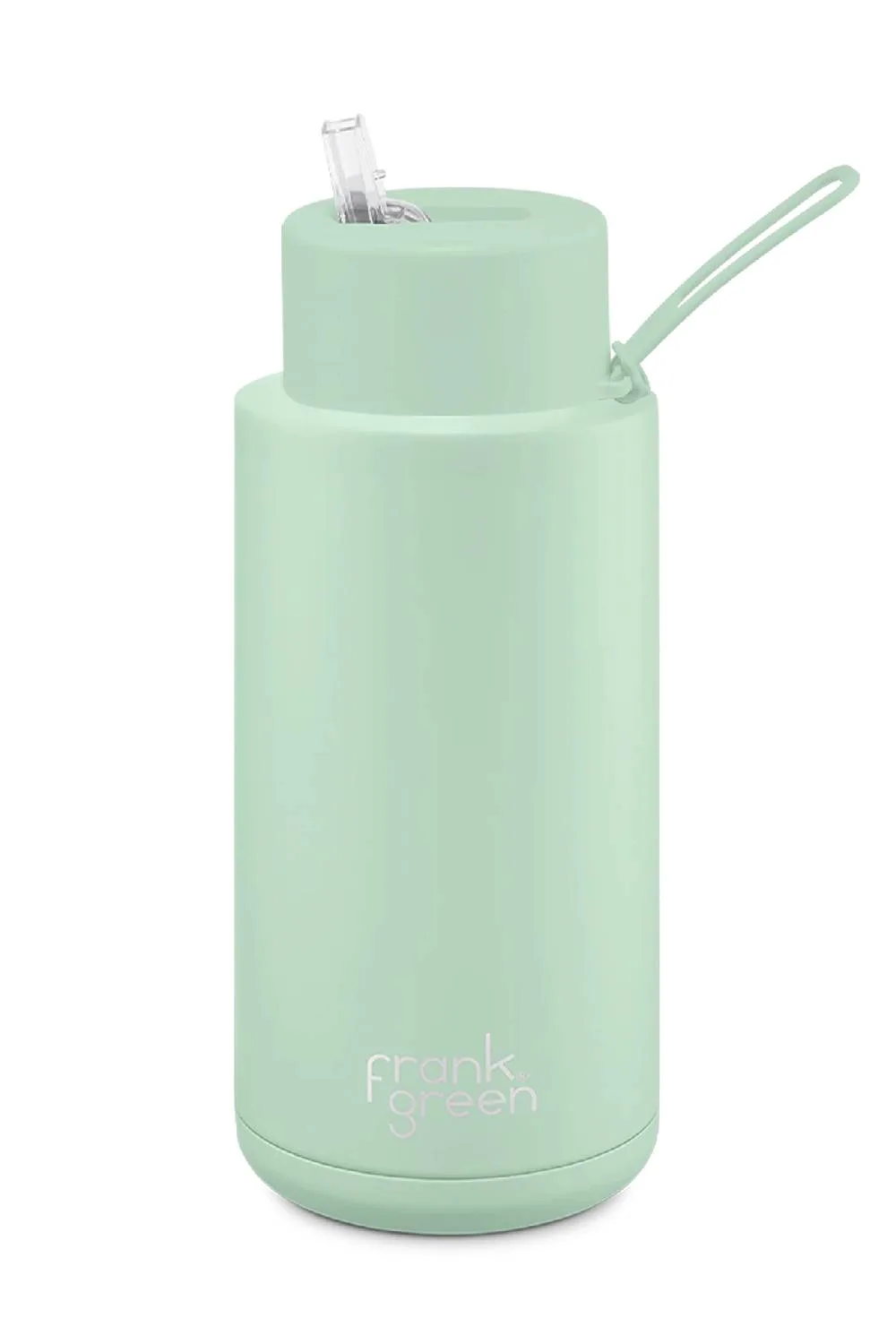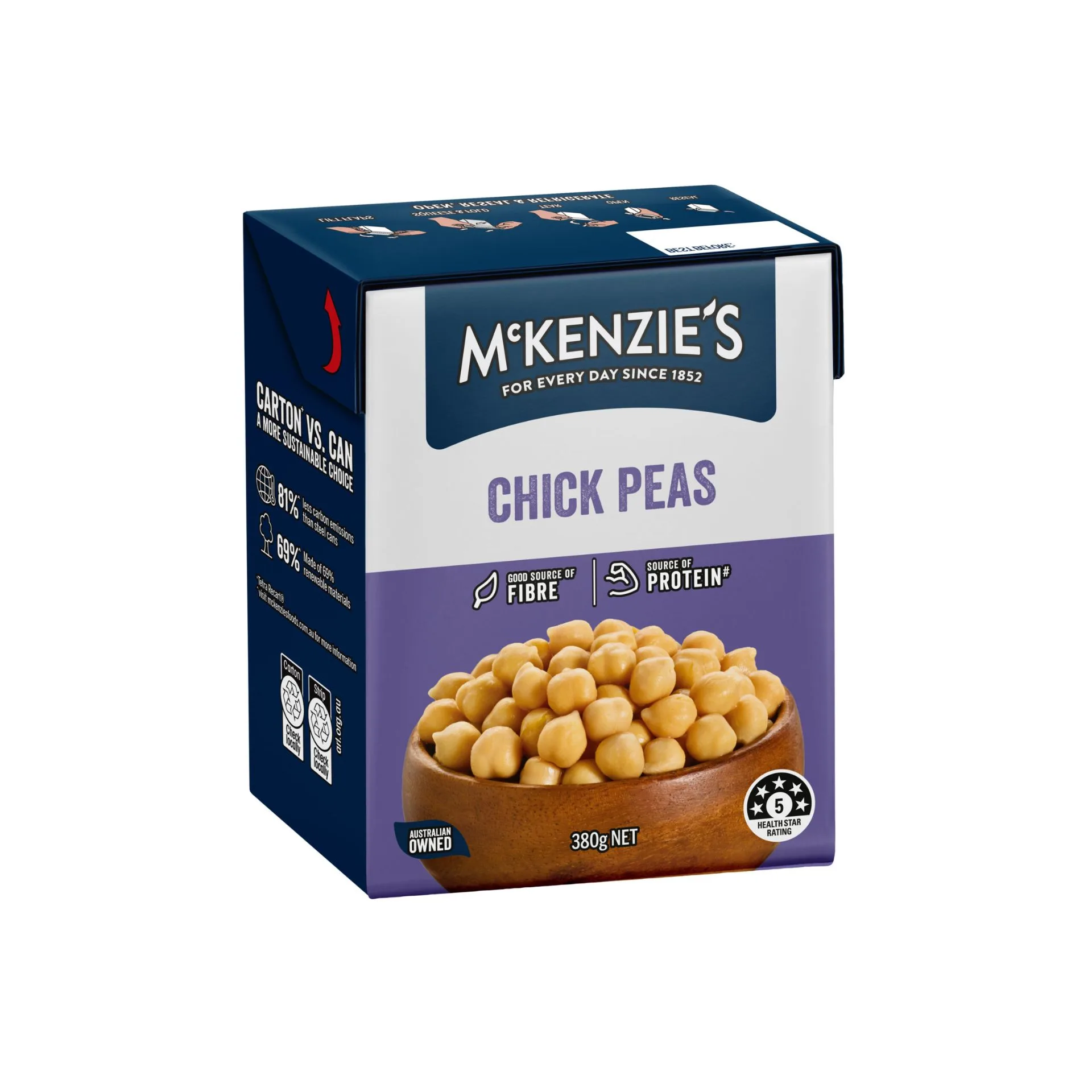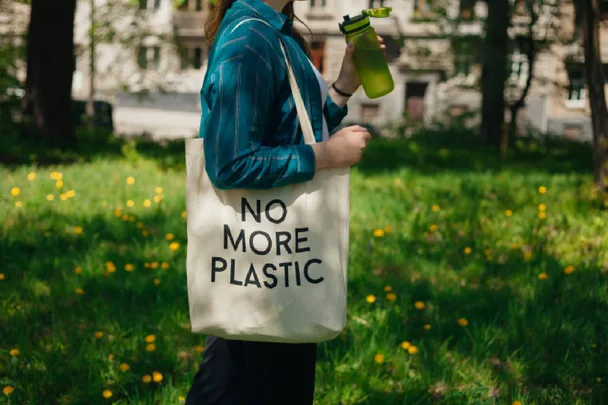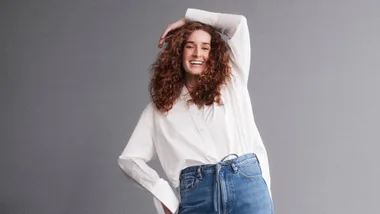By now, we all know how important it is to look after our environment.
But since the UN’s Intergovernmental Panel on Climate Change (IPCC) reported that our actions over the next decade will have profound consequences for thousands of years, the message has really been driven home.
Basically, it’s up to us to make some changes.
If you’re about to embark on a sustainability journey then it you might feel a little overwhelmed by all the possible changes you could make.
The good news is that you don’t have to move into a yurt, give up your car or have less children to make a difference.
In fact, a few small changes can make a big difference when it comes to having a more sustainable lifestyle.
To get you started, we’ve compiled 15 of the easiest sustainable swaps that you can make right now.

1. Have A Meat Free Monday
Research has shown that meat production is responsible for more than twice as many greenhouse gas emissions than plant-based food production. While you don’t have to go completely vegetarian, it’s still a good idea to think about how much meat you consume. To start with, simply try having one meat free day a week. If you happen to find some vegetarian meals that you love then you could start increasing your meat free days or even become a ‘weekday vegetarian’.
2. Bring A Reusable Water Bottle With You
One of the easiest sustainable swaps to make is to simply swap your plastic water bottles for a reusable one. If you find yourself often grabbing a plastic water bottle when you’re out and about, start bringing a reusable one with you. The best thing about this swap is that it will also save you money.

Mint Gelato Ceramic Reusable bottle, $59.00 from Frank Green
3. Remember Your Keep Cup
Just like plastic water bottles, millions of disposable coffee cups end up in landfill every year. The best solution is to bring along a keep cup any time you’re grabbing a take-away coffee. To make it easier for yourself, keep a reusable cup in your car, the office or anywhere else the desire for a latte usually strikes.
4. Embrace Reusable Food Storage
Until plastic wrap was invented in the 1930s, people had other ways of keeping their food fresh. Embracing your great-grandparent’s food storage solutions can help you remove unnecessary plastic from your home. Whether you choose to use beeswax paper, glass containers or stretchy silicone covers, these small changes will go a long way.
5. Shop At Your Local Farmers Market
Our supermarkets are full of plastic wrapped food that have often travelled great distances to get there (meaning that your tomato might come with a large carbon footprint). If you replace a couple of your weekly supermarket shops with a trip to your local farmer markets then you will not only be avoided plastic wrapped produce but supporting your farmers and getting a taste of the delicious seasonal produce.
6. Learn How To Use Your Food Scraps
Studies have found that food waste contributes to three percent of Australia’s annual greenhouse gas emissions. What’s even more horrifying is that Australia uses 2600 gigalitres of water (five times the volume of Sydney Harbour) to grow the food that is wasted. Luckily, just a little bit of research can help you learn how to make use of your food scraps. Have a go at using more of your vegetable leftovers in a healthy soup, your coffee grounds as an exfoliant and your citrus skins as a natural cleaning solution.
7. Compost The Rest
Most of us won’t be able to use up all of our food waste and that’s where a compost comes in handy. By turning your food waste into an amazing fertiliser, you can help the environment and your own garden at the same time. If you have a big garden space then you can consider adopting a traditional composting or worm farm system but for those apartment dwellers, a small bokashi bucket can work wonders.
8. Don’t Forget Your Pet Food
When we start thinking about sustainability, we don’t often think about our four-legged companions. However, Frontier Pets Ambassador Montana Lower encourages people to start.
“I was very aware that as humans we are the largest consumers of factory farmed animals and our pets are the second largest,” Montana says of her decision to find more sustainable food for her dog.
“As a conscious consumer, I wanted to extend our family values to include the whole family—and this includes George,” she explains.
9. Use A Menstrual Cup Or Period Underwear
If you haven’t already embraced the many period care alternatives then this is your sign to start. Being reusable—menstrual cups and period underwear are much more environmentally friendly than disposable pads and tampons, and don’t have you rushing to the shops every time your period arrives.

Biodegradable Bikini Moderate-Heavy Absorbency, $42.50 from Modibodi
10. Hire Your Next Outfit
We’re all guilty of purchasing an outfit for a special event and never wearing it again, but when we remember that the fashion industry is responsible for between 8 to 10% of humanity’s carbon emissions and that 85% of textiles end up in landfill every year, it makes us rethink our next purchase. Luckily, there are so many great places to hire a dress instead.
11. Shop Your Own Wardrobe
If you want to save money and be more sustainable then you need to start shopping from your own wardrobe. This usually involves a bit of a wardrobe audit, when (if you’re anything like us) you will end up finding a whole bunch of outfits you forgot you even had. If you have shopped your own wardrobe a few too many times then you might like to try your luck at shopping from a friend’s.
12. Opt For More Sustainable Materials
When you do buy something new, you can still help the environment buy opting for more sustainable materials. Research has shown that recycled cotton is a more sustainable alternative to conventional and organic cotton, as is recycled wool, organic linen and hemp.
13. Shop From More B-Corp Listed Brands
Trying to figure out every brand’s sustainable credentials can be incredibly overwhelming. Luckily, B Corp certification does it for you. A B-Corp certification means that a brand has undergone a rigorous testing process and met “high standards of verified social and environmental performance, public transparency, and legal accountability to balance profit and purpose.”
Just remember that smaller companies might not be in the position to undergo B Corp testing.
14. Choose Refillable Beauty Products
These days, more make-up brands are offering refillable products. This usually involves sending your make-up or skin care containers back to the store to be filled up with more product. Some popular brands offering refillable makeup include Charlotte Tilbury, Emma Lewisham and Go-To Skincare.

Charlotte’s Magic Cream, $90.00 from Charlotte Tilbury
15. Use Your Car Less (Or Go Electric)
Studies have shown that the transport industry accounts for 16 per cent of Australia’s greenhouse gas emissions, with 10 per cent being attributed to light vehicles. While we all can’t give up our cars, we can make an effort to use them less or be more conscious of our new vehicle purchases. Cars like The Volvo EX30, which is a fully electric small SUV are the perfect switch. Compact yet powerful, it offers innovative features, intuitive design and all the safety features you would expect from Volvo.

16. Be Mindful Of Food Packaging When Grocery Shopping
Studies show that food packaging accounts for the bulk of plastic waste that are polluting the environment, so look for brands with more sustainable packaging. For example, McKenzie’s Pulses in Tetra Pak has 81% fewer carbon emissions than steel cans and they’re available at your local Woolworths.











